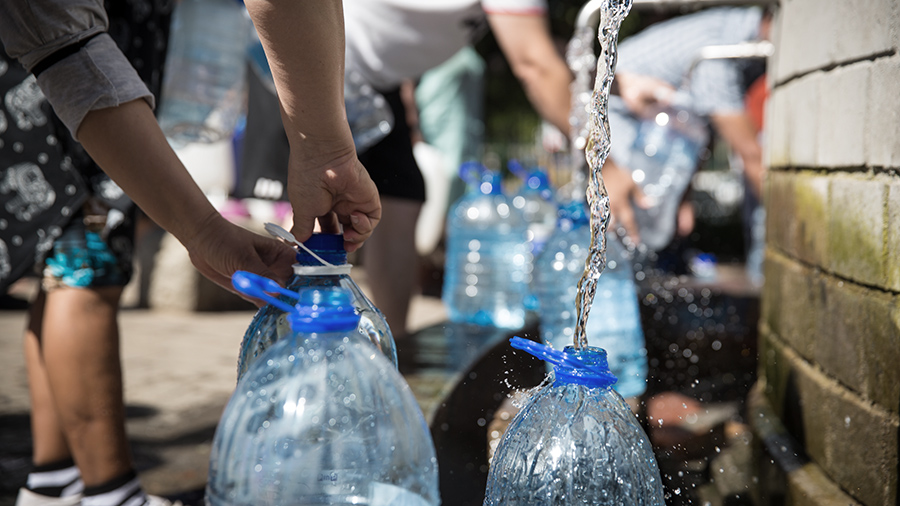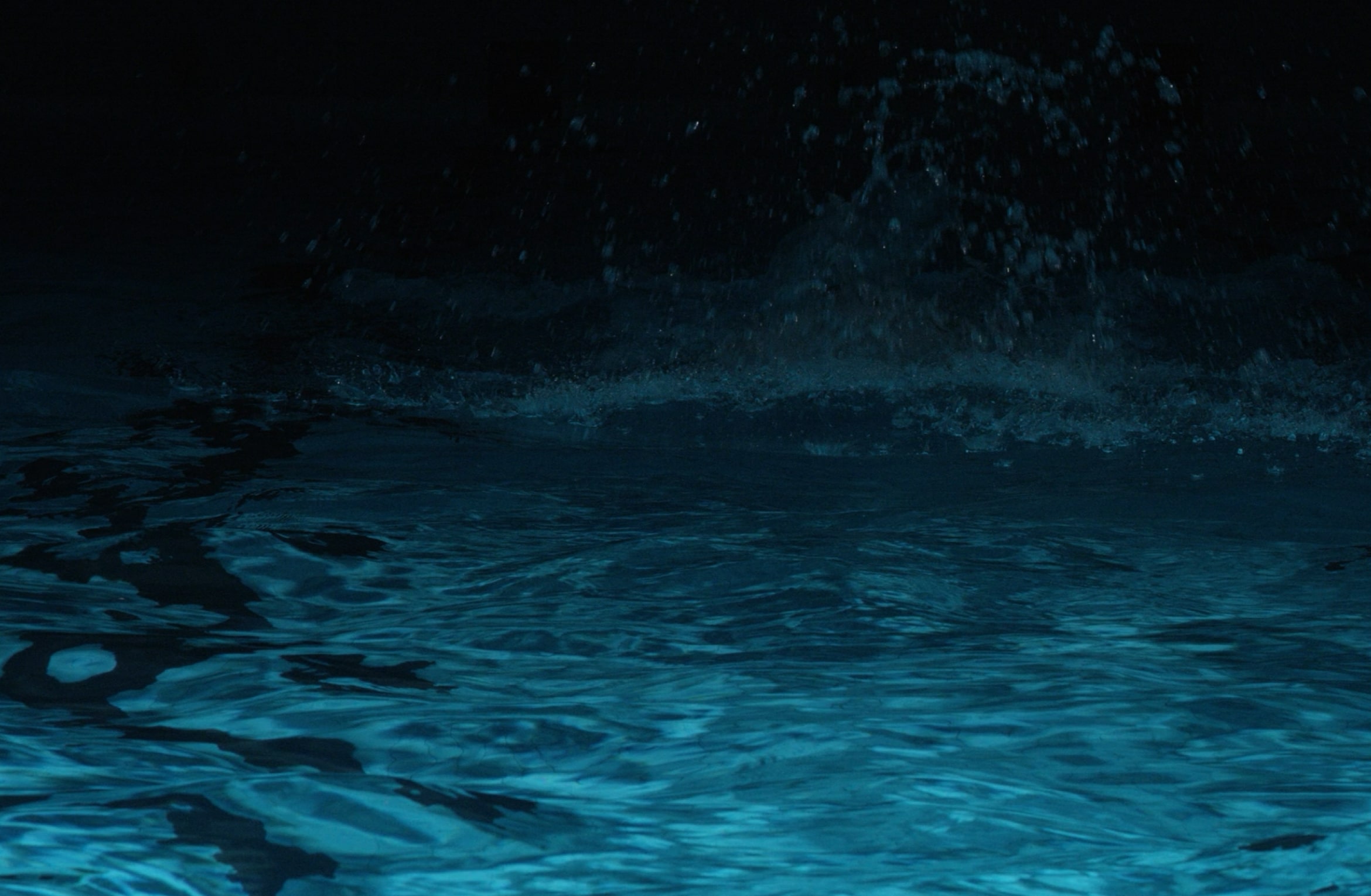The decrease in rainfall levels due to climate change has left Cape Town in a dramatic situation of water shortages. The population lived under the shadow of the imminent arrival of Day Zero, initially predicted for May 13, 2018, the day when the faucets could run out of water. Emergency rationing measures were adopted during this water crisis, and the population had to reduce water consumption drastically, reaching a limit of 13 gallons of water per person per day. Cape Town managed to delay Day Zero under severe restrictions and economic consequences.

Water use limits for the population of Cape Town
This is not just a Cape Town issue. Even the country with the largest freshwater reserve in the world, Brazil, which owns 12% of the planet’s freshwater reserve, is going through their second Water Crisis in the last 5 years. The crisis is similar to that of Cape Town’s, a consequence of an increase in water demand and rainfall shortage due to climate change. In 2015, São Paulo, which is one of the 10 most populous cities in the world, had its main reservoir is under 4% capacity.
While this text is being written, another city in Brazil is already facing a new water crisis. The city of Curitiba, with approximately 3.5 million inhabitants, faces the worst drought in the last 50 years. The city is adopting water rationing measures: the distribution will supply water for 36 hours and 36 hours without, and the restriction could be raised to 48 hours if it doesn’t rain soon.
World’s Water Crisis
These cases in South Africa and Brazil are just examples of a scenario that will tend to intensify in the coming years. Approximately half of the world’s population lives in areas with the potential to experience water shortages for at least one month per year (Burek et al., 2016). Urban development around large cities has increased water hardships, and has caused water resources management measures to be urgently adopted to guarantee water security in the next years.
The world’s population will increase from 7.6 billion to 9.4 – 10.2 billion by 2050, and therefore water consumption. According to a UN report, Global water use has increased six-fold over the past 100 years, and it will continue to grow steadily at a rate of about 1% per year as a result of increasing population, economic development, and shifting consumption patterns.

High demand in public water sources
The increase in water use alone is reason enough to raise the alarm regarding the need to ensure water safety. However, there is one more burden factor: climate change. The patterns of hydrological systems tend to change with increasing temperatures. The effects of oscillating rainfall patterns are already being felt and the predictions are that in the coming years, critical drought events should occur more frequently. More than 5 billion people might suffer water shortages by 2050 due to climate change (UN, 2019).
Water demand will be 40% higher than supply by 2030 according to UN projections, when the effects of climate change, population growth, and human actions are taken into account.
São Paulo might run out of water in the next few years again, but this city is not alone. The water crisis should hit big cities of Bangalore, Beijing, Cairo, Jakarta, Moscow, Istanbul, Mexico City, London, Tokyo, and Miami.
How can we fight the water crisis?
There are two ways to address water shortages: manage the crisis or prevent new crises from happening.
When there is an ongoing water crisis, emergency measures must be adopted to reduce consumption through rationing procedures. Commercial establishments might be shut down. During the water crisis in Cape Town car washes had to stop operating, which resulted in unemployment. The production chain from agriculture and even factories are at risk of having production limited due to water shortages. The water crisis might bring economic instability, water conflicts, and risks to human health.
The citizens of Cape Town needed to choose between bathing and house cleaning. After all, since the crisis had already begun, measures are limited to controlling water consumption to preserve the amount of water that remains.
The predictions are not good, but there is already a lot of technology that can help to avoid other Day Zeros like Cape Town’s around the world and guarantee water safety.
According to the UN projections, by 2030, the combined effects of climate change, population growth, and human behavior, water demand will be 40% higher than supply
Elisa Stefan
Environmental Engineer and Researcher. Water Resources Management Specialist
Can we avoid Day Zero?
Avoiding new crises is possible now by adopting structural measures that allow saving water, by improving the sanitation infrastructure and reducing the losses in the distribution systems, as well as measures to update drainage systems by improving the natural infrastructure for managing stormwater, and improve monitoring the water systems.
The population might also reduce household water consumption, choosing to consume products with a lower water footprint, install rainwater catchment systems, and reuse water at home. Manufacturing and agriculture water users could considerably reduce water usage by implementing reuse technologies and solving operational water losses, but they need to start implementing those measures right now.
Water resources management needs to be carried out in an integrated manner among consumers and decision-makers in order to guarantee future water safety. In order to avoid Day Zeros, It will be paramount to implement various technologies that can identify water-related data and identify the best strategies for decision. We need to transform into smart cities by educating conscious consumers, and develop technology to efficiently manage water resources.









